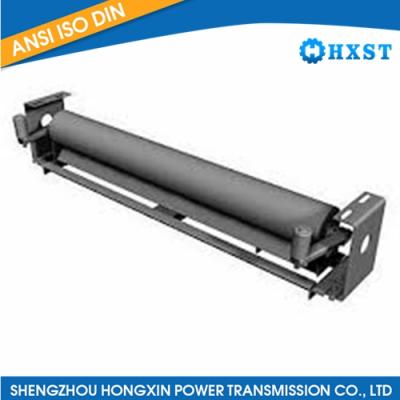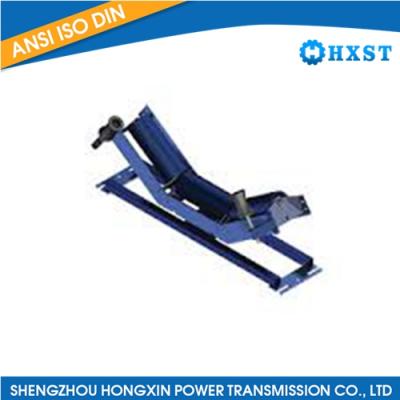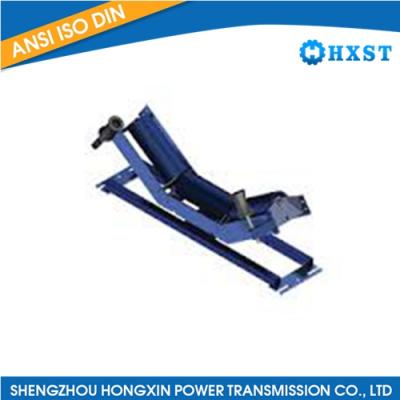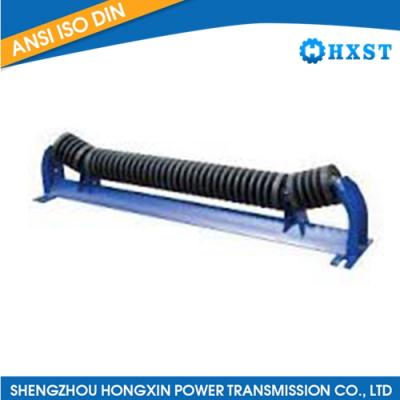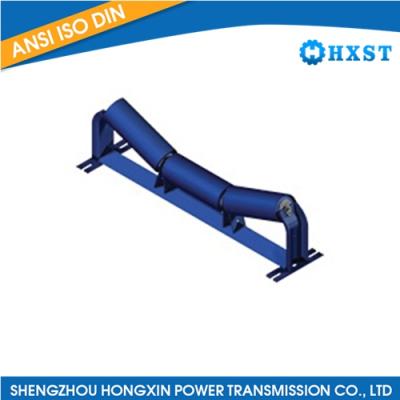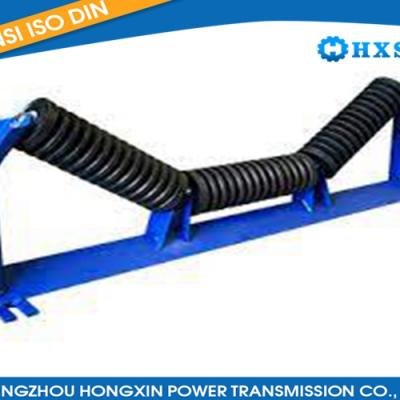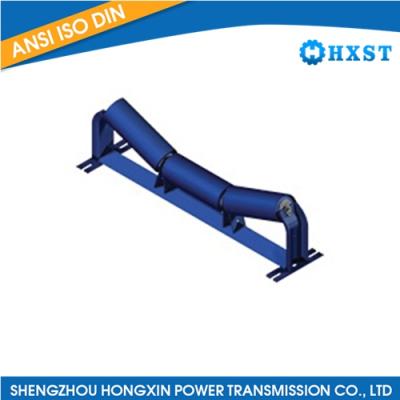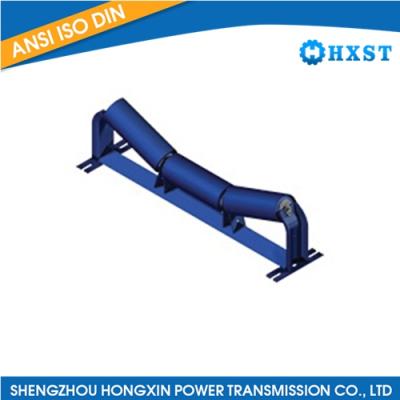Idlers Classification Introduction
Idlers, often referred to as idle rollers or idler rollers, play a crucial role in various mechanical systems to support and guide moving components. Here is a general overview of idlers classification:
Conveyor Belt Idlers:
Impact Idlers: Designed to absorb impact at the loading point of conveyor belts.
Troughing Idlers: Positioned along the length of the conveyor belt to support the belt and material being transported.
Return Idlers: Located beneath the conveyor belt to support the return side of the belt.
Engine Idler Pulleys:
Tensioner Idler Pulleys: Maintain tension in the serpentine belt that drives engine accessories.
Guide Idler Pulleys: Guide the belt around various engine components.
Timing Belt Idler Pulleys:
Smooth Idlers: Provide a smooth surface for the timing belt to run on.
Toothed Idlers: Have teeth that mesh with the timing belt to prevent slippage.
Track Idlers (Construction Equipment):
Front Idlers: Support and guide the track chain at the front of crawler-type construction equipment.
Bottom Rollers: Support the weight of the machine and ensure smooth movement.
Specialized Idlers:
Camshaft Idler Gears: Used in automotive engines to synchronize camshaft rotation.
Printer Idler Rollers: Ensure smooth paper feeding in printers and copiers.
Material Construction:
Idlers can be made from materials such as steel, rubber, plastic, or composite materials depending on the application requirements.
Understanding the classification of idlers in different systems helps in selecting the appropriate type based on the specific function and operational needs within diverse industries and applications. For detailed information on idlers classification tailored to a particular system or industry, it's advisable to refer to relevant technical documentation or consult with manufacturers specializing in idler products.


